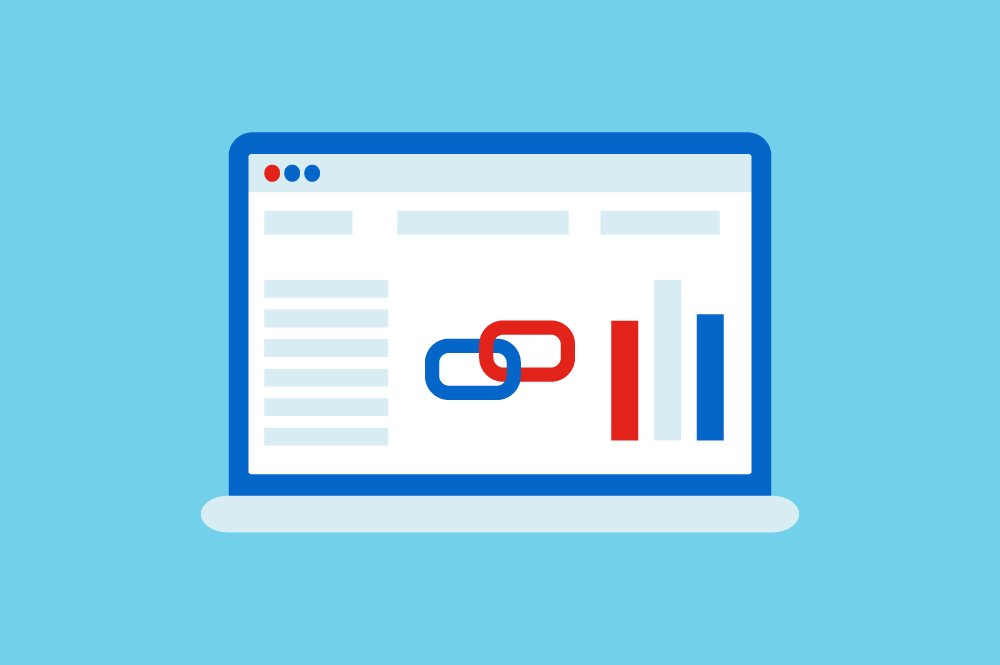Meta tags are HTML elements utilized by Google bots to index the content of your page and by users to the site’s
user interface. There are many different meta tags, so we’ll review the most critical ones for the law firm SEO. We
want to provide you with an overview of the meta tags that potentially impact your Google visibility and presence.
Here are some meta tags you may expect while developing your site:
The meta title tags are HTML elements used to describe a website. Title tags are the most important of all meta
tags regarding how they influence any page’s online performance with lawyer SEO. A title tag informs Google and
visitors about your site and allows you to introduce your business.
Creating the ideal meta title follows a few simple rules:
Getting your pages indexed by Google is essential, but it is not enough. You also need to maintain them, so you’ll have to update the content regularly. Delete all search terms from your website that are no longer relevant and focus on new ones instead (titles). Keep in mind that titles aren’t one-time
On-site SEO for lawyers revolves primarily around internal links. They can comprise any links which join one
page of your firm’s website to another.
Google and other search engines can use the links you include in your page content to construct a structural
picture and direct visitors to the most relevant information. Internal linking, when done correctly, improves your
page authority.
It helps establish a hierarchy of the pages on your website, allowing you to provide more link value to the most
important ones.
Internal linking may be implemented into a law firm’s website in various ways. To increase your Google search
ranking organically, you should concentrate on links that impact it. The most SEO bang for your internal link buck
is achieved by using these linking techniques in your articles:
It’s possible to connect pages with high authority to other sites on your site that have less control. This transfers
authority and attorney SEO marketing value from one page to the next.
If specific pages on your company’s website aren’t ranking as highly as you’d like, you can link to them from more
reputable pages.
Consider using some of the methods we covered in earlier chapters to help identify where you might add
additional internal links.
There’s a Top Linked Pages report on Google Search Console. Use it to see which pages on your site have the
most authority and which ones you need to connect to raise your authority.
When you use internal linking, you create a framework for your website.
You improve usability by linking with an
eye toward authority while still keeping your client-friendly navigation simple to follow.
Users make sure to spend more time on user-friendly sites with the assistance of
law firm digital marketing agency, giving
you the most excellent chances of converting a site visitor into a client

